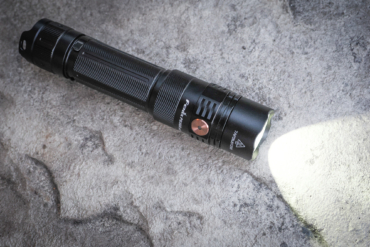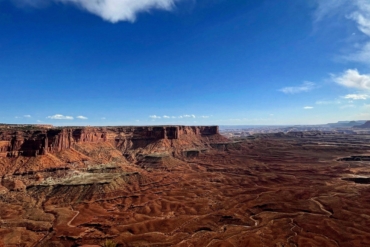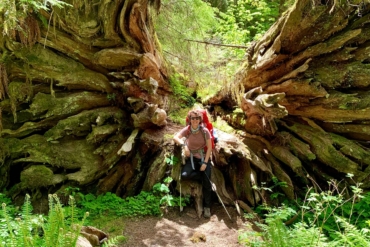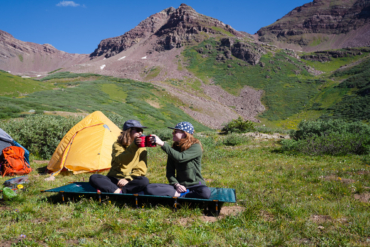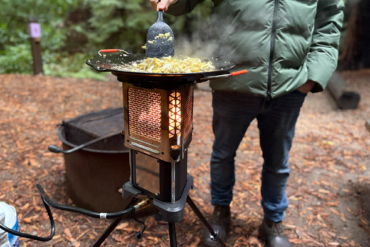Clean drinking water in the wilderness is never guaranteed. No matter how pristine the lake or stream, microbes like giardia and cryptosporidium can inhabit the waters, threatening illness that might wreck a trip or affect a camper weeks after they are home.
In the woods, I use multiple water-purification products, from tablets to pumps. Product weight, speed of purification, and filtration type are criteria I assess to choose the right weapon against the bacteria, viruses and protozoa that may exist in a particular place.

Drop-and-dissolve tablets, including Potable Aqua iodine ($7, www.potableaqua.com) and Katadyn’s chlorine-dioxide Micropur product ($12.95, www.katadyn.com), are my most common defense. They are relatively inexpensive, light weight, and easy to use — just add a tablet into your water and let it fade away and do its stuff.
But tablets have a few limitations. You often have to wait 30 minutes or so for the chemicals to take effect. There is an aftertaste, too, especially with iodine. And for cryptosporidium, a nasty contaminant found in some areas, tablets will take four hours or more to neutralize, making them nearly unusable except for overnight application.

Much faster than tablets, pumps like the HyperFlow Microfilter from MSR ($99.95, www.cascadedesigns.com) can purify liters of water per each minute of hand-pumping action. The HyperFlow is small and weighs about 7 ounces, making it more than suitable for backpacking.

The Platypus GravityWorks Filter ($109.95, www.cascadedesigns.com/platypus) is a neat option. It has two water reservoirs connected by a hose. Fill one side with “dirty” water and hang it up to let gravity do all the work. Water trickles from one reservoir to the other, passing through a filter for purification along the way.
Caveat: Both the MSR pump above and the GravityWorks Filter will eliminate protozoa and bacteria, but not viruses. Though rare on wilderness trips, viruses can be present around human habitation, notably in the water you may filter to drink on a trip through a developing country.

To expunge all biological contaminants — bacteria, protozoa, and viruses included — a product called the SteriPEN AdventurerOpti uses an ultra-violet light to neutralize suspect water. Simply dip the UV light wand into your water and let it shine for 90 seconds to “clean.”
I have used the AdventurerOpti ($89.95, www.steripen.com) on several trips, including a two-week trek in Nepal. It is easy to wield and lightweight at just 3.6 ounces. One downside: The SteriPEN does not work in cloudy liquid. You must filter murky water before zapping it with the magic UV light.

A final option, the old-fashioned trick of boiling water on a campfire is a foolproof purification plan. Boiling will kill all the bad stuff. But it is a slow process requiring a pot, an open flame, and then time to boil and, finally, wait for the water to cool before you can drink.
—Stephen Regenold is founder and editor of www.gearjunkie.com.

